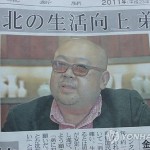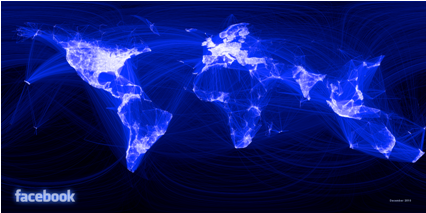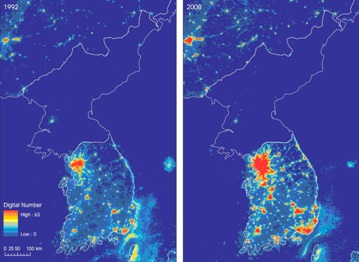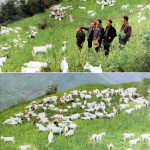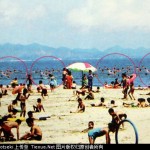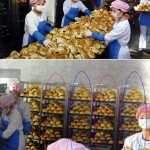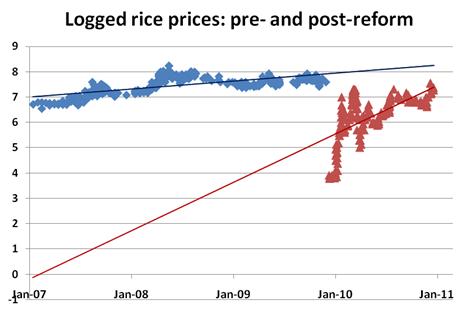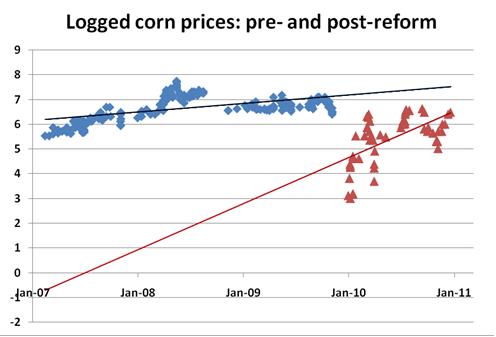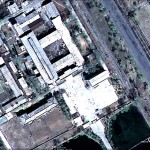Andrei Lankov writes in the Korea Times about the state of the North Korean economy. Excerpt below:
The existing statistics are remarkably untrustworthy, being essentially educated guesses by analysts. Nonetheless, these statistics indicate a moderate growth of the North Korean economy.
But the present author talks to North Koreans quite frequently. So I don’t need statistics to confirm what becomes clear from my talks with refugees, smugglers, migrant workers and those Koreans who have illegal Chinese mobile phones. Throughout the last ten years the economic situation in the country has improved, even though this improvement was very moderate.
What does “improvement” in this context exactly mean? First of all, few if any North Koreans now face the threat of starvation, though malnourishment remains a widespread problem. Many (perhaps, a majority) of North Koreans don’t have enough to eat in spring. This has a seriously negative impact on their health and is especially bad for children. Nonetheless, unlike the 1990s, it seldom leads to death.
The average North Korean meal is a bowl of boiled corn with a few pickles. Meat or fish are eaten only on special occasions or by affluent people.
Indeed the last decade was a time when material inequality increased in leaps and bounds. Some of the new rich are officials who take advantage of their positions while others are successful entrepreneurs running all kinds of private businesses.
A successful North Korean entrepreneur nowadays might even openly own a car. For instance in a relatively small borderland city with a population of some 90,000 people there are officially three private cars. Much more frequently well-to-do North Koreans prefer to register their cars with state agencies. At any rate, ten years ago a private car was almost unthinkable.
The less successful entrepreneurs or craftsmen are still doing quite well as indicated by significant increase in the number of consumer durables owned by North Koreans. Fifteen years ago a fridge was a sign of exceptional luxury, almost as rare as a private jet in the U.S. Now it’s a bit like a luxury car, an item that 10-20 percent of households can afford.
What is also interesting is the spread of computers, including privately owned ones. In most cases these are old, used computers which are imported or smuggled from China. They are quite outdated but they are computers nonetheless. Recently I interviewed a group of school teachers from the countryside, and they said that nowadays every high school, even in remote parts of the country, is likely to have at least one computer (admittedly, this wonderful contraption is seldom switched on).
This does not mean of course that North Korea has become a consumer paradise. In spite of some improvements, the gap between the North and its successful neighbors continues to widen. However in absolute terms the North Korean economy is not shrinking any more.
There have been serious setbacks, the currency reform early last year is a perfect example. For a while, this failure almost paralyzed the economy and created serious food shortages across the country.
But what brought about this moderate growth? It seems that there are three major contributing factors.
First, North Korea has been quite good at begging and blackmailing the outside world into providing aid. The aid was initially provided by South Korea and the U.S., but now it comes almost exclusively from China.
Second, North Korea’s technocrats have learned how to run the country in its new situation. They are not very efficient at this, but, to quote Marcus Noland, “they are muddling through.”
The present author is inclined to believe that it is the third reason which is the most important of all. Over the last decade a relatively powerful private economy has developed in North Korea. North Koreans did not merely learn how to trade privately, they now produce privately as well and this growth of industry invisibly and privately, seems to have contributed to the growth described above.
The growth is moderate, and no breakthrough is likely. Nonetheless, it is real and palpable.
Read the full story here:
Between myths and facts
Korea Times
Andrei Lankov
1/30/2011

